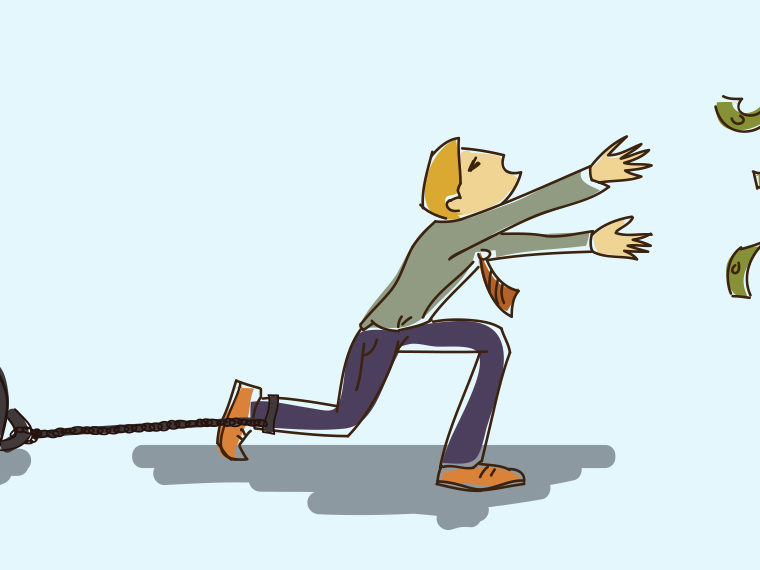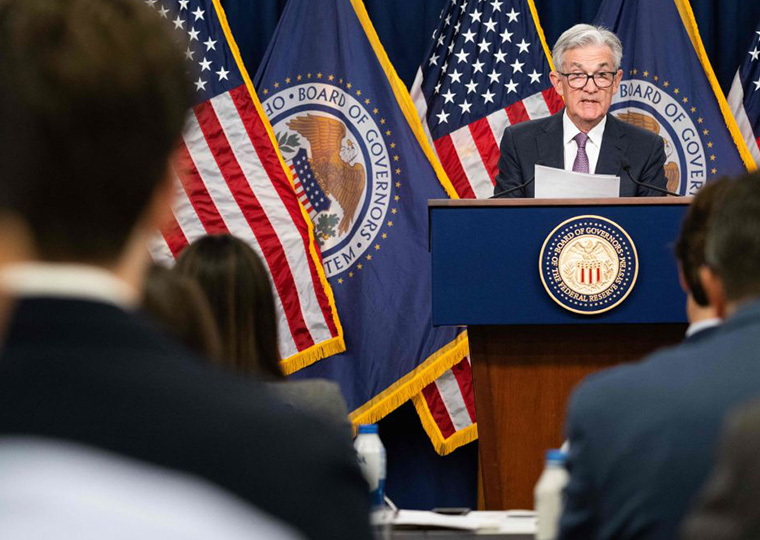What happened when the Argentine government lied about inflation numbers?
For nine years, from 2007 to 2015, the Argentine government manipulated economic statistics in an attempt to fool the public into believing inflation was lower than it actually was. Citizens, however, didn’t buy it. In fact, they showed a remarkable aptitude for seeing through the claims.
It’s an outcome with potential implications for policymakers to understand how citizens process government propaganda and make related economic decisions, according to a paper by Alberto Cavallo of MIT, Guillermo Cruces of CEDLAS-UNLP and UCLA Anderson’s Ricardo Perez-Truglia. The researchers, who detail the Argentine statistics sham, say it holds lessons even for the United States and Europe, where some segments of the public see bias in government statistics even where none exists.
Following a severe financial crisis in 2001–2002, when inflation reached 41 percent, the Argentine economy did recover, but, within a few years, inflation again climbed, to a rate of more than 20 percent. Government officials scrambled to enact price controls and other measures. Ultimately, though, their solution, as detailed in the paper, was to fire the statistician in charge of calculating the Consumer Price Index (CPI), and then just make things up.
Opt In to the Review Monthly Email Update.
During the post-recovery surge in inflation, Torcuato Di Tella University in Buenos Aires started a monthly household survey of inflation expectations. The authors used that data — spanning nearly the entire manipulation period — to see how consumer expectations tracked with both the official inflation rate promoted by the government, and alternative inflation indicators that had developed — and had been publicized — as suspicions mounted about government interference. Over time, the university survey showed, household inflation expectations aligned neatly with the alternative, unofficial inflation indices, which clocked in approximately 10 percentage points higher than the official data. Nonetheless, the official manipulation continued until December 2015, when a new government was elected.
Were individuals simply ignoring the official statistics? Or were they processing that data in some rational way? To answer this question, Cavallo, Cruces and Perez-Truglia designed a survey experiment conducted in 2012, during the period of manipulation of inflation statistics. The researchers collected 3,138 responses from subjects who participated in a regular quarterly poll run by a national public opinion research firm.
Participants were shown different inflation estimates, from official and unofficial sources, then asked about their perceptions and expectations. The survey found that people reacted to the unofficial statistics rationally: for example, compared with individuals who were told that the unofficial inflation rate was 20 percent, people who were told that the unofficial rate was 10 percent reported lower inflation perceptions and expectations.
What about the official statistics? The experiment showed that, far from just ignore it, individuals reacted to that information in a sophisticated way. Individuals reacted to a signal that the official rate was 10 percent the same way they reacted to an unofficial rate of 20 percent; and they reacted to an official rate of 20 percent the same way they reacted to an unofficial rate of 30 percent. Keep in mind that official statistics were consistently 10 percentage points below the unofficial estimates. That is, individuals were paying attention to the official statistics. But they were de-biasing them first.
These results may be relevant for developed and developing countries. China’s economic statistics are viewed skeptically by some, given the country’s consistent reported growth and signs of a debt bubble. And in some developed nations, a significant percentage of people don’t trust official statistics. One Eurobarometer report, from the European Commission, found that while 71 percent of respondents felt it was necessary to know economic indicators like inflation rate and unemployment rate, only 44 percent actually thought the official stats were accurate.
Various U.S. surveys have found that about a third of respondents don’t believe the official numbers. In the U.S., the public’s belief in government economic statistics was challenged further by Donald Trump, who, during the presidential campaign, called federal unemployment figures “phony.” And, Perez-Truglia notes, Trump has trafficked, when tweeting, in false statistics.
The study suggests that when governments decide to fake their statistics, they may not always get away with fooling the public. By the same token, even governments that do not fake their statistics might need to persuade the public that statistics are not being manipulated.
Featured Faculty
-
Ricardo Perez-Truglia
Associate Professor of Economics
About the Research
Cavallo, A., Cruces, G., & Perez-Truglia, R. (2016). Learning from potentially biased statistics. Brookings Papers on Economic Activity, 59–108.






